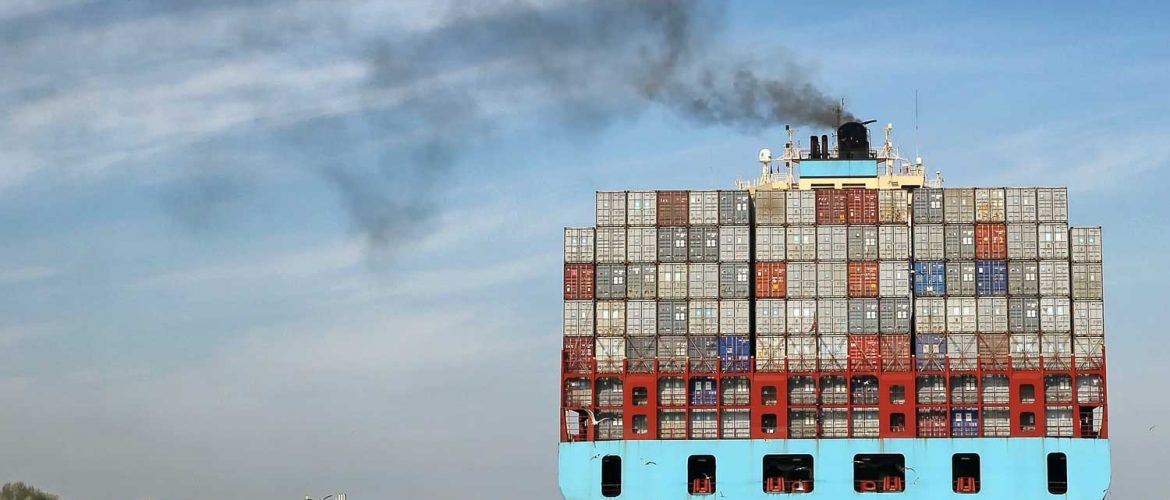Despite the apparent lack of a traditional peak season, excess capacity and new container ships queuing up to join the trade, Maersk has announced a massive rate increase, with other lines following in their wake.
Traditionally, at this point in the summer, peak season demand would be pushing rates up, but rates have been heavily discounted by some container shipping lines seeking volumes, at a time of sustained weak demand from Asia.
The lines were actively reducing Asia-Europe capacity from last September until after Chinese New Year, when they reduced the number of blank sailings, leading to net growth in capacity, with new capacity set to grow even more sharply.
The new container ship order book currently sits as 7.3 million TEUs, which represents almost a third of the current global fleet, with 2.5 million TEUs due in 2023 and the remainder by end of next year, with the biggest share to be deployed on the Asia-Europe trade.
Rate erosion on the Asia – Europe trade has been accelerating, virtually halving since the beginning of the year and with supply continuing to outweigh demand, rates will stay soft.
Even with this apparently significant capacity imbalance Maersk took the market by surprise last Monday by announcing a 49% freight all kinds (FAK) spot rate increase.
Maersk said the rise was necessary “to continue offering a broad portfolio of high-quality services” raising its FAK rate from Asia to the Northern European hubs of Rotterdam, Gdansk and Felixstowe, effective July 31.
The day after Maersk’s surprise increase, CMA CGM followed suit, with broadly similar GRIs, while MSC blanked that week’s sailing of the MSC Rifaya from Shanghai due to “slowing demand” and has since announced its own GRI.
The following lines (so far) have announced FAK rate increases of $200-300 per TEU (double for FEU) effective from 1st August 2023
Maersk | CMA | MSC | HMM | Evergreen | OOCL
It is common for GRIs that seek to boost rates above existing levels – in the face of averse supply and demand fundamentals – to only partially succeeds or fail entirely, as demonstrated most recently on the trans-Pacific trade.
Where there is always a temptation for some carriers to undersell space to gain more volume, the financial impact of a damaging second quarter for carriers is more likely to see carriers follow Maersk’s lead with their own increases and bring an end to sub-economic trading may see the lines return to more disciplined volume control.
The sea freight market from Asia is multi-layered and complex and actions by individual carriers or alliances can have a profound impact on services and the market’s competitive dynamics, which is why our sea freight team work closely with colleagues across China and Asia, to adapt to changes and identify opportunities for our customers.
If you have any questions or concerns about the developments outlined in this story, please EMAIL us now for the latest insights and intelligence.

 Unit 1, Alpha Way, Thorpe Industrial Estate
Unit 1, Alpha Way, Thorpe Industrial Estate